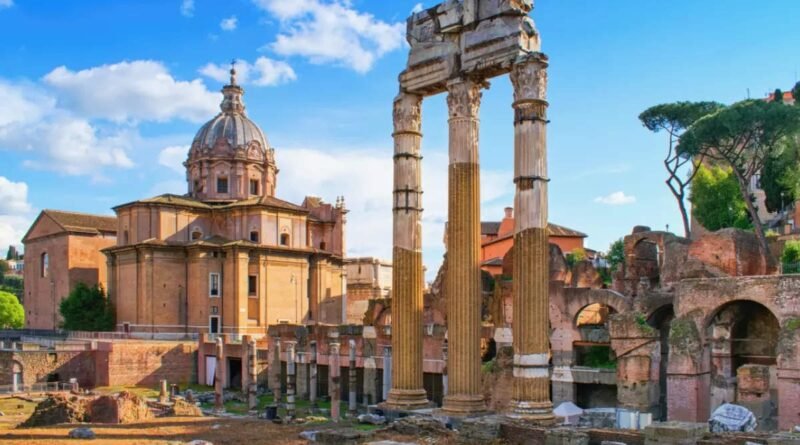After decades of closure, Rome’s historic Palatine Hill palazzo opens to tourists again
Rome September 24 dmanewsdesk: As per the latest development, an ancient Roman imperial palazzo atop the city’s Palatine Hill was reopened to tourists on Thursday, and that too nearly 50 years after its closure for restoration.
The nearly 2,000-year-old Domus Tiberiana used to serve as home to rulers in the ancient city’s Imperial period. The vast palace offers sweeping views of the Roman Forum below.
Reports add that the public will now be allowed to tour it, following decades of structural restoration work. Excavations that were carried out here, uncovered artifacts from centuries of Roman life following the decline of the empire.
The director of the Colosseum Archeological Park, which includes the Palatine Hill, in a written description of the restored palazzo, dubbed it as the power palace par excellence.
Official Alfonsina Russ on the eve of the reopening added that the sprawling palace seemed infinite and that “its grandiosity was just like the grandiosity of the sky.”
Reports add that the domus, or residence, is named after Tiberius, who ruled the empire after the death of Augustus, however, the archaeological studies indicated that the palace’s foundations date from the era of Nero, which was shortly after the fire of 64 AD that devastated much of the city.

Records add that after the demise of the Roman Empire, the residence suffered centuries of abandonment, until when, in the 1500s, the Farnese noble family developed an extensive garden around the ruins. And now thanks to the palazzo’s reopening to the public, visitors will now be able to get a better idea of the path ancient emperors and their courts enjoyed en route to the domus.
The Domus, situated on the northwest slope of the hill, is regarded as the first true imperial palace. Beyond serving as the emperor’s residence, it encompassed gardens, places of worship, accommodations for the Praetorian Guard responsible for the ruler’s protection, and a service area for workers overlooking the Roman Forum.
Excavation and restoration efforts, which persisted even during the COVID-19 pandemic when tourism was at a minimum, have enabled archaeologists to piece together centuries of history in a place that had somehow faded into obscurity. For those visiting the reopened Domus, a curated selection of hundreds of discovered artifacts is on display, featuring items made of metal and glass, as well as statues, ornamental pieces, and ancient coins.
Source: TIMESOFINDIA.COM




